If you've spent any time in cannabis operations, you've probably heard "THC formulations" thrown around in meetings, on sales calls, or while reviewing lab results. Maybe you're a cultivator wondering if you should expand into processing. Maybe you're a manufacturer trying to figure out if nano-emulsions are worth the hype. Or maybe you're a distributor trying to explain to a retailer why their beverage order needs different handling than their flower.

Understanding THC formulations directly impacts your product lineup, your compliance strategy, and how you talk to customers about what you're selling.
So let's break it down.
What Are THC Formulations?
Think of THC formulations as different ways to package and deliver THC to the end user. A gummy works differently than a vape cartridge. A topical cream hits differently than a tincture. Same active ingredient, totally different experience.
Why do we need so many options? The human body processes THC differently depending on how you consume it. Smoking a joint hits you in minutes but eating a brownie takes an hour or two. When you inhale THC, it goes straight to your bloodstream through your lungs but when you eat it, your liver processes it first, which takes longer and actually creates a different, more potent metabolite.
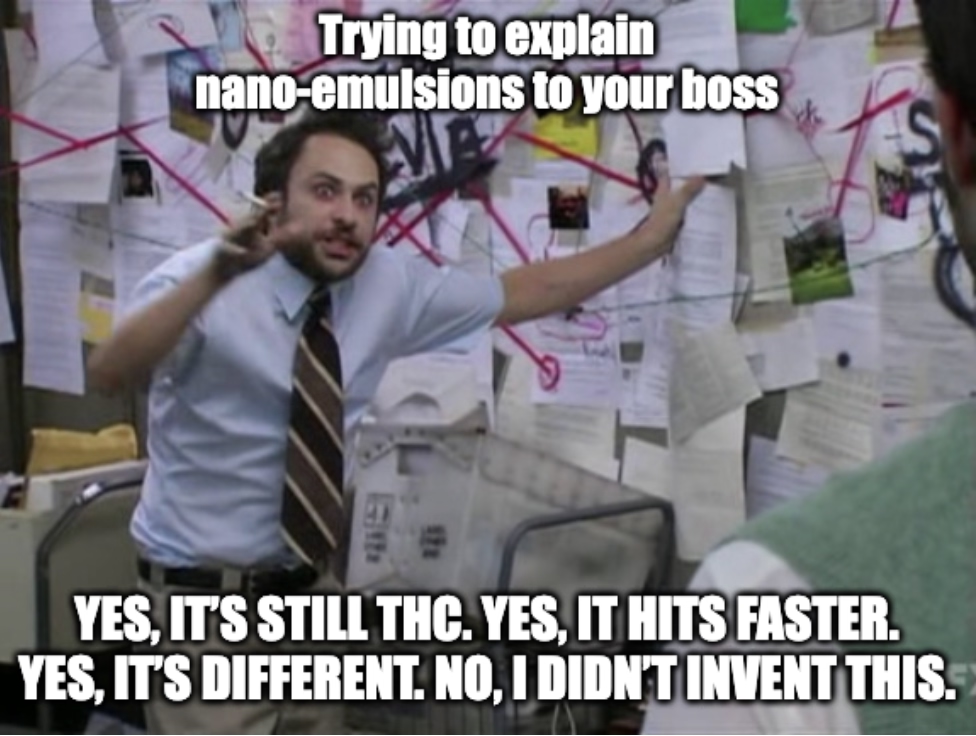
People want different things too. Some customers want fast relief so they can control dose-by-dose. Others want something that lasts all day. Some don't want to get high at all. They just want their knee to stop hurting.
The confusing thing is that compliance changes, based on composition. Edibles have per-serving limits in most states. Beverages need special formulation techniques to keep THC from separating. Topicals might not even be considered "marijuana" in some jurisdictions if they don't cause psychoactive effects.
Cannabis is an ever-evolving market, and just when you think you have the THC formulations figured out, they change. Nano-emulsions promise faster onset. Transdermal patches offer all-day relief. New delivery methods mean new product categories, which means new opportunities (and new headaches).
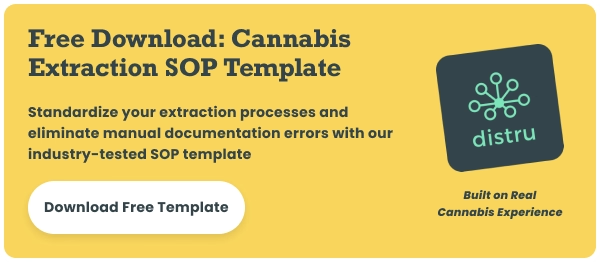
The Main Types You'll See
There are a handful of things you’ll encounter quite often, such as:
- Oils and tinctures
- Edibles
- Concentrates
- Topicals
- Transdermals
- Beverages
- Capsules and tablets
- Inhalables (flower and vape cartridges)
- Nano-emulsions
Now, each of these have their own methods of delivery. Let’s take a deeper dive into those and get a better grasp of how these delivery methods affect our clients.
How Delivery Method Changes Everything
The way THC enters your body completely changes the experience. This matters because you need to know what you're promising customers. The difference between a customer having a good time and a customer calling your dispensary freaking out because their edible "isn't working" yet comes down to understanding delivery methods.

When you inhale THC through smoking or vaping, only a small amount of it actually makes it into your bloodstream. That’s usually enough, though. You feel it within minutes, hit peak effects around 15 to 30 minutes, and the whole experience lasts up to 6 hours (sometimes with residual effects for 24). People who smoke can pace themselves because they feel it fast and can stop when they've had enough.
Eating THC is a completely different story. Even less makes it into your bloodstream because your liver destroys most of it during first-pass metabolism. Onset takes 30 minutes to 2 hours, sometimes longer. Peak effects can take up to 4 hours to hit, and the whole experience lasts up to 12 hours.
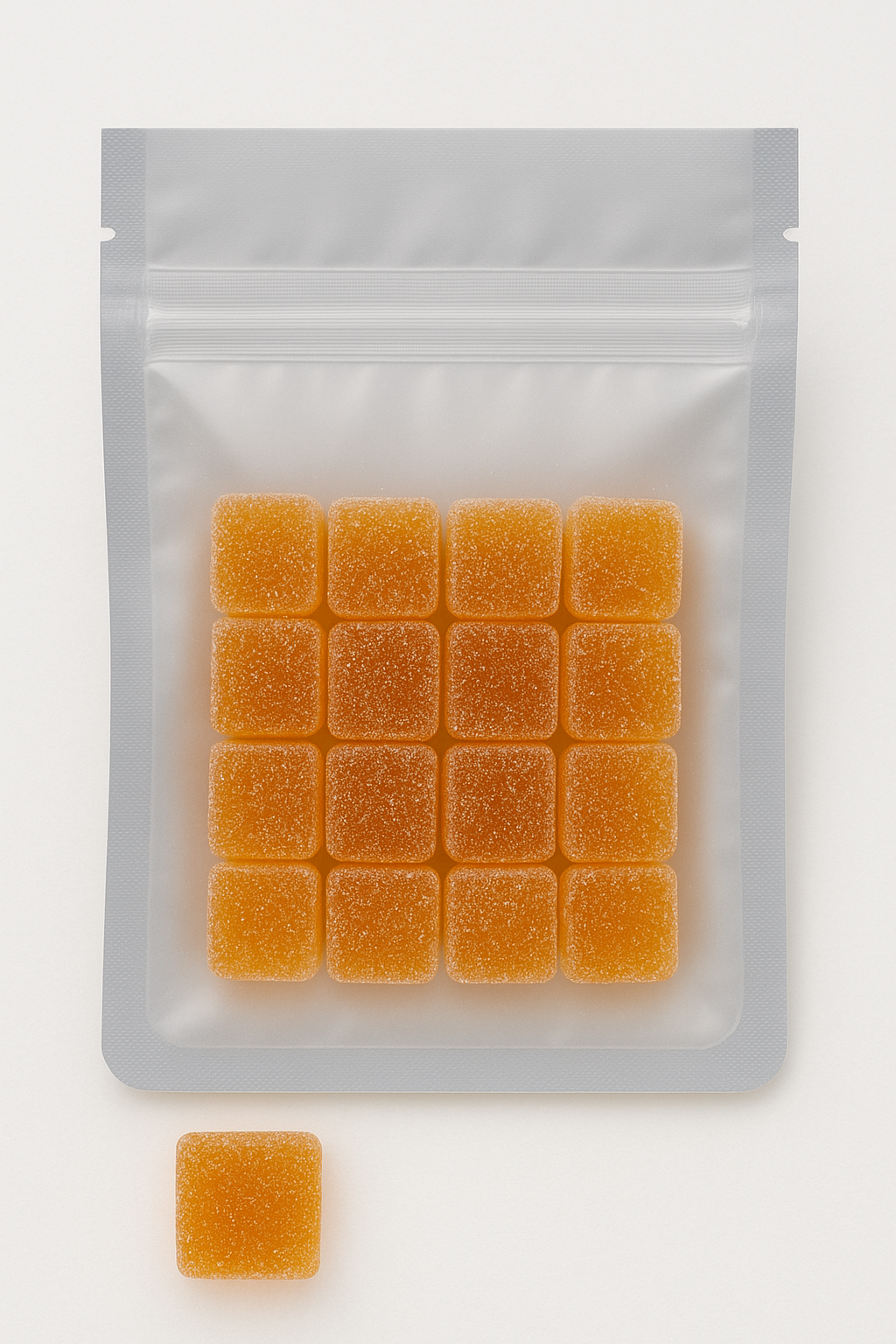
This is where your buyers might get into trouble. They eat a gummy, don't feel anything after 30 minutes, eat another one, and then both hit at once. While this might make for a great movie plot, the reality is far, far more serious, as this usually leads to a consumer panicking and making bad decisions. What’s more, oral THC produces more 11-OH-THC, which is why edibles feel stronger or different than smoking the same amount of THC.
Tinctures and sprays that absorb through the mouth tissue (sublingual or buccal absorption) bypass some of the liver processing. You get onset in 30 to 60 minutes and effects last 1 to 6 hours. It’s faster than edibles, but slower than smoking making it a middle ground that a lot of medical patients prefer.
Topicals, as the name suggests, stay on the surface. You get localized relief without the high. Think muscle rubs and joint creams. Transdermals actually penetrate the skin and get into your bloodstream, giving you systemic effects that last for hours. Medical patients use them when they want steady, all-day dosing without having to remember to redose.

Why This Matters for Your Operation
For manufacturers, matching the right formulation to the delivery method is everything. Each formulation type requires specific manufacturing considerations that affect your whole operation.
Extraction purity matters more for concentrates and vapes because any impurities get concentrated right along with the THC. Edibles need precise dosing and even distribution of THC throughout the product, which means your mixing process needs to be dialed in. Beverages require emulsification technology to keep THC from separating, plus you need to worry about shelf stability in ways you don't with solid edibles. Topicals need appropriate carriers to either deliver THC through the skin barrier (for transdermals) or keep it localized (for standard topicals).
Accurate labeling and batch tracking are non-negotiable. You need systems that can track formulation specifics, dosing per unit, and batch provenance to stay compliant and keep customers safe. This is where things get complex fast if you're managing multiple product types.
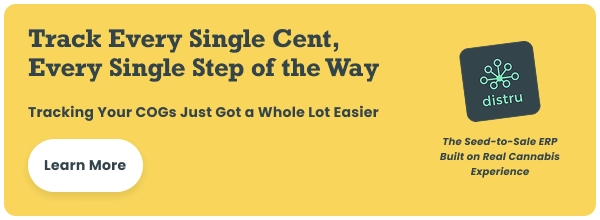
Medical Uses: What Actually Has Evidence Behind It
THC has a few FDA-approved medical uses and a bunch of "everyone knows it works but the research is still catching up" uses. Understanding these helps you position products correctly and talk to medical dispensaries or physician groups without overpromising.
Two synthetic THC medications have official FDA approval. Dronabinol (synthetic THC) got approved for AIDS-related anorexia and chemotherapy-induced nausea and vomiting. It's taken orally, kicks in around 30 to 60 minutes, and lasts 4 to 6 hours. Nabilone (a synthetic THC analogue) also treats chemotherapy-induced nausea and vomiting. Oral nabilone kicks in around 1 hour and lasts 8 to 9 hours.
Beyond those approved uses, researchers and clinicians have explored THC for chronic pain, fibromyalgia, neuropathic pain, multiple sclerosis spasticity, and sleep disorders. Evidence is mixed, and regulatory approval remains limited outside the FDA-approved uses.
Patients with nausea may prefer capsules or sublingual tinctures for faster, more predictable onset. Chronic pain patients might choose long-acting edibles or transdermal patches so they're not constantly redosing. MS patients dealing with spasticity might opt for a balanced THC to CBD formulation (like the pharmaceutical nabiximols) to manage symptoms without excessive psychoactivity.
.png)
Medical products demand higher standards. You need better dosing accuracy, clearer labeling, and tighter batch traceability. Operators serving medical markets need robust systems for tracking each batch from cultivation through processing to final sale. Accurate dosing prevents adverse events and ensures consistent therapeutic effects. Labeling must clearly state THC content per serving, total THC per package, and any other cannabinoids present. Batch tracking enables rapid recall if contamination or dosing errors occur.
This is where technology like Distru becomes essential. Managing formulation-specific data, tracking batches across multiple SKUs, and maintaining compliance with state tracking systems (like Metrc or BioTrack) requires integrated software that handles complexity without breaking.
The Effects You Need to Explain to Customers
THC produces a range of effects: euphoria, relaxation, sedation, altered perception, appetite stimulation, and anxiety reduction. But at high doses or in certain people, THC can also trigger anxiety or paranoia. Your job as an operator is to help customers understand what to expect based on the formulation they choose.
The formulation and delivery method significantly influence the intensity, onset, and duration of these effects. Inhaled THC acts fast and peaks quickly, making it easier for users to control their dose. Edibles take longer to kick in, peak later, and last much longer, which can lead to overconsumption if users don't wait for effects before taking more.
Clear communication with customers about expected onset and duration is crucial. You also need to design products with appropriate dosing. A 10mg edible might be too strong for a novice but too weak for an experienced user. Offering a range of doses helps meet diverse customer needs without putting anyone on the ceiling.

THC, CBD, and Why Ratios Matter
THC is psychoactive and binds strongly to CB1 receptors in the brain. CBD is non-intoxicating, modulates THC's effects, and interacts more weakly with cannabinoid receptors. Many formulations balance THC and CBD to target different consumer needs.
High-THC products appeal to recreational users seeking strong psychoactive effects or medical patients needing potent symptom relief. Balanced THC to CBD products (like 1 to 1 ratios) can reduce anxiety and provide therapeutic benefits with milder psychoactivity. High-CBD, low-THC products serve consumers looking for symptom relief without intoxication.
Understanding cannabinoid ratios helps you design products for specific market niches and communicate benefits more effectively. It also influences compliance, since some states have different regulations for high-THC versus high-CBD products. You might need different licenses, different testing protocols, or different labeling depending on the ratio.

Where Formulations Come From: Extraction Basics
THC extraction is the first step in creating any formulation and is a crucial part of the cannabis supply chain. The most common methods include supercritical CO₂ extraction (efficient, widely used, considered environmentally friendly), ethanol extraction (common, scalable, effective for many product types), and solventless methods (mechanical or heat-based, marketed as "cleaner").
Once extracted, THC can be further refined through distillation, winterization, and other processes to achieve the purity and consistency required for different formulations. The extraction method you choose affects everything downstream, from product quality to manufacturing costs to how you talk about your products to customers.
Want to go deeper on how THC gets extracted and refined? Check out our article on THC distillation methods. Understanding extraction matters if you want to control quality, optimize yield, and meet testing requirements.
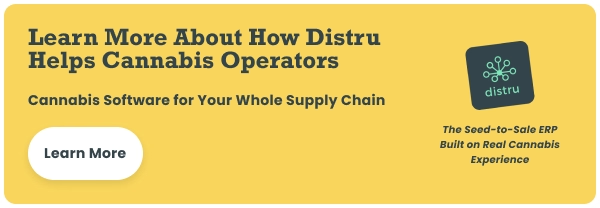
Making Sense of THC Formulations as an Operator
Understanding THC formulations means grasping how delivery method, bioavailability, and cannabinoid ratios influence consumer experience and regulatory compliance. You need to match the right formulation to the right use case, whether that's a medical patient managing chronic pain or a recreational user looking for a mellow evening.
For operators, this knowledge translates into better product development, more efficient inventory management, and tighter compliance controls. The more formulation types you offer, the more complex your operations become. You need systems that can track batch-specific data, manage multiple SKUs across different product categories, and integrate seamlessly with state tracking platforms.
Distru helps cannabis operators manage this complexity. From batch tracking and compliance automation to inventory management and order fulfillment, Distru provides the infrastructure you need to scale your formulation offerings without losing control.
Ready to see how Distru can support your formulation strategy? Schedule a demo and get a personalized walkthrough of how our platform can streamline your operations, improve compliance, and help you bring better products to market.








